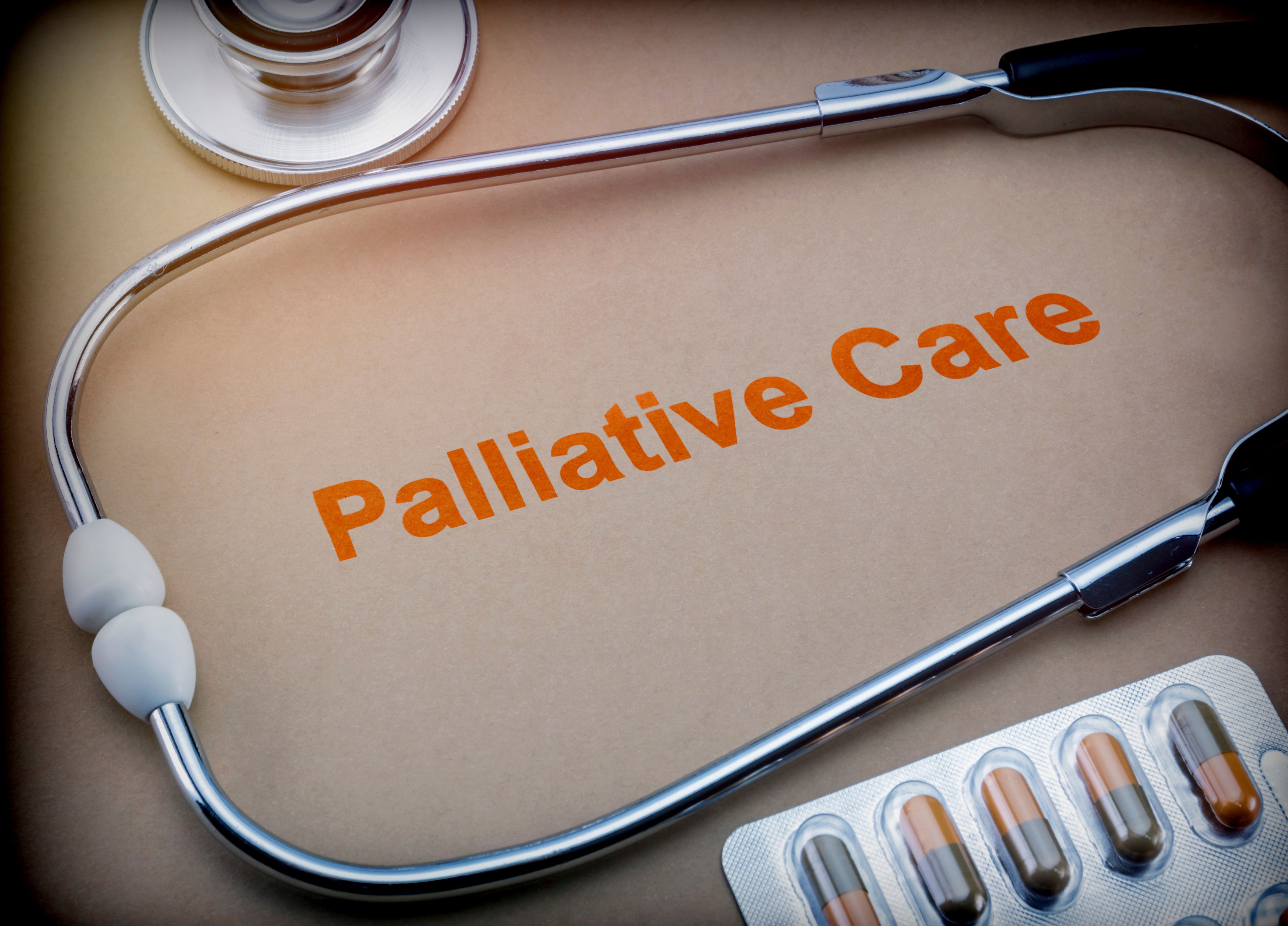Article
Pain Management Has Worsened for Patients With Late-Stage Cancer
Author(s):
Fewer opioids have been prescribed, but there have been more emergency room visits for pain in patients with cancer who have poor prognoses.
Patients with late-stage cancer are being prescribed fewer opioids and tend to go to the emergency room for pain more often, according to recent research published in the Journal of Clinical Oncology.
The study, which was conducted by researchers from the Dana-Farber Cancer Institute, looked at opioid prescriptions of 270,632 patients on Medicare who had late-stage cancer and either died or were enrolled in hospice between 2007 and 2017. Findings showed a 34% reduction in the number of opioid prescriptions filled per patients and a 38% reduction in the total dose of opioids filled. This was the sharpest decrease in long-acting opioids.
The fact that there are fewer opioid prescriptions does not necessarily correlate with better pain management through other venues. In fact, it may be the opposite – the researchers also discovered a 50.8% increase in emergency room visits for pain.
“We weren’t able to connect the trends about opioid access and emergency visits, so we don’t know if there’s a causal link here, but it’s certainly troublesome,” Dr. Andrea C. Enzinger, study author, medical oncologist at the Dana-Farber Cancer Institute and assistant professor of medicine at Harvard Medical School, said in an interview with CURE®.
“(The findings) suggest that patients may be having to seek out pain-related care in the emergency department because they simply don’t have the medicines they need at home, or they cannot get them in time.”
In the midst of the ongoing opioid epidemic, the government and insurers have put regulations on opioid use, such as written opioid agreements with patients, more drug monitoring, the requirement for prior authorizations and more. These policies not only make it more difficult for clinicians to prescribe opioids, but also for patients to actually get the prescribed drugs, too.
Stigma and fear of addiction could play a role in decreased opioid use, too. Enzinger said that she oftentimes sees patients who have horrible pain but are apprehensive to use opioids because they do not want to become addicted.
“There’s been huge media coverage about the opioid epidemic, mainly focusing on the risks of opioid use, and it has really sensationalized the problem. There’s been very little attention to legitimate and real needs for opioids,” Enzinger said. “The fact of the matter is, if someone has a few months to live, the risk of addiction is really not relevant at all.”
This may not be the case with earlier-stage cancer, though. Enzinger said that patients with better prognoses should carefully weigh the pros and cons of long-term opioid use and noted that there is not one approach that will work for everyone.
“Calculations are different for patients who are in a different phase of their cancer care. There’s not a one-size-fits-all (method), but there are definitely patients for whom opioid therapy is vitally important. We really need more research to understand what the risks are, how to mitigate those risks and how to talk to patients about monitoring if they are worried about risk of opioid misuse disorder,” she said.
Enzinger said that there needs to be clearer messaging about opioid use, especially for patients with late-stage cancer. That can start with patients having open conversations with their health care team.
“Patients need to be upfront with their doctor when their pain is not well managed,” Enzinger said. “They need to get their doctor’s attention when their quality of life and their physical functioning and activity levels are changing.”
For more news on cancer updates, research and education, don’t forget to subscribe to CURE®’s newsletters here.




